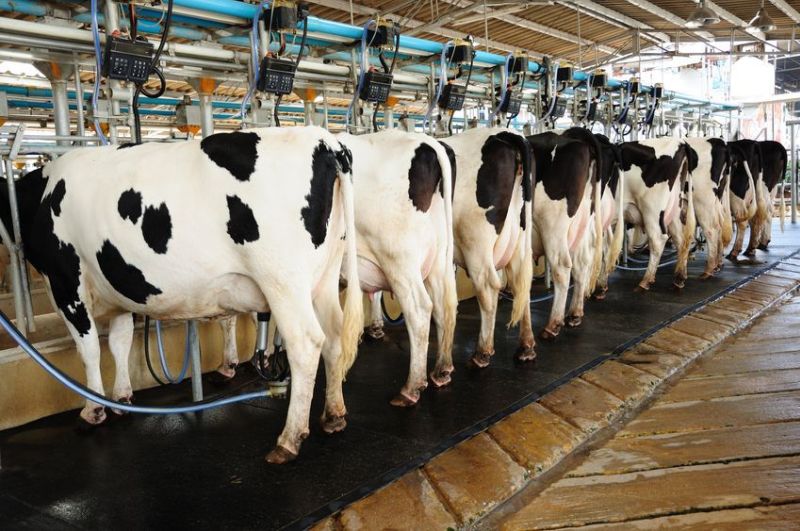
The UK dairy sector has achieved an 18.05% energy efficiency improvement since 2008, according to recently published results.
With this improvement, the sector has already exceeded the 2020 Climate Change Agreement and Dairy Roadmap targets of 13.6% and 15% respectively.
The 2020 package is a set of binding legislation to ensure that EU Memebr States meets its climate and energy targets for the year 2020.
The package sets three key targets: 20% cut in greenhouse gas emissions (from 1990 levels); 20% of EU energy from renewables; 20% improvement in energy efficiency.
The results for the dairy sector, from the Environment Agency in the Climate Change Agreement biennial progress report, are complemented by those of the 2017 Dairy UK Environmental Benchmarking Report, which details substantial environmental improvements within the UK dairy sector.
This includes a 23% increase in water efficiency and a 30% increase in the amount of waste recovered or recycled since 2008.
The main findings of the 2017 Dairy UK Environmental Benchmarking Report are;18% increase in primary energy efficiency (kWh/tonne); 23% increase in water efficiency (m3/tonne); 17.5% increase in raw effluent efficiency (m3/tonne); 56% decrease in COD per m3 raw effluent and a 30% shift in the destination of waste away from landfill and towards recovery or recycling.
Dr Judith Bryans, chief executive of Dairy UK commented on the results, saying: “These are incredibly positive results which demonstrate the effective steps taken by the UK dairy industry to reduce its environmental footprint and meet the targets of The Dairy Roadmap.”
